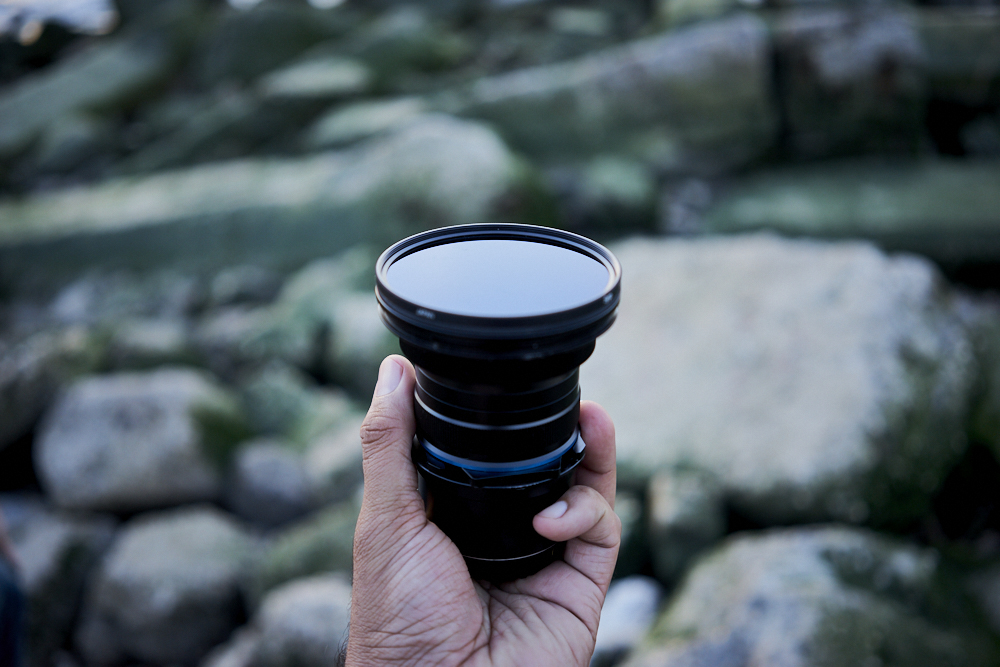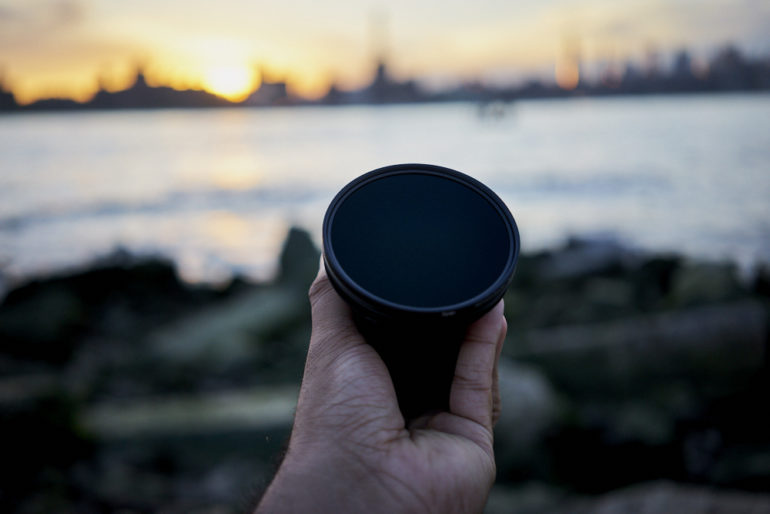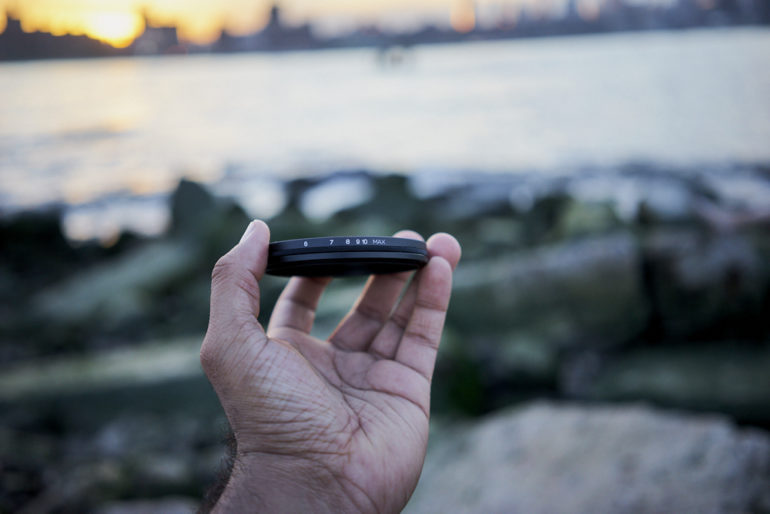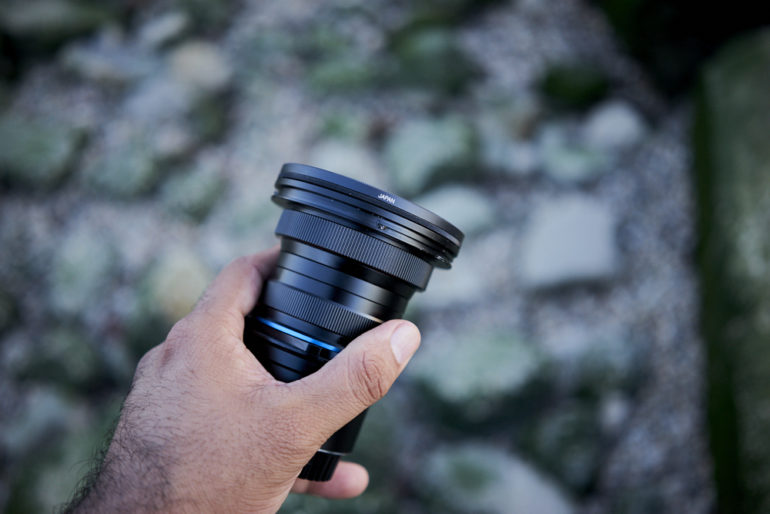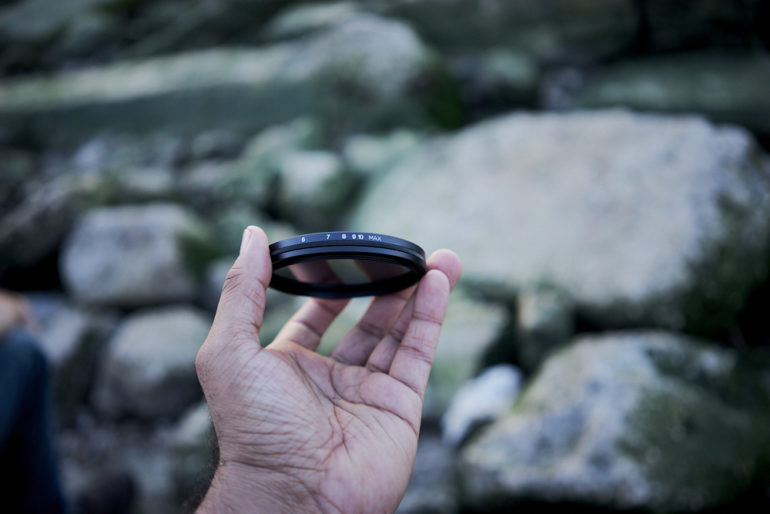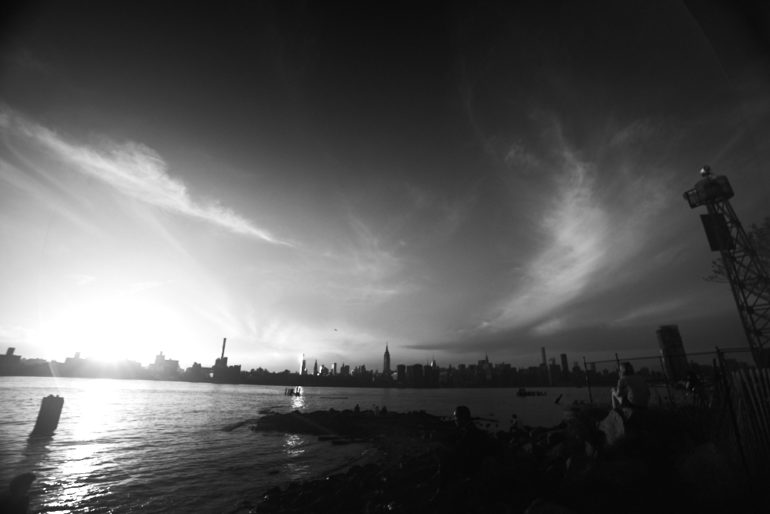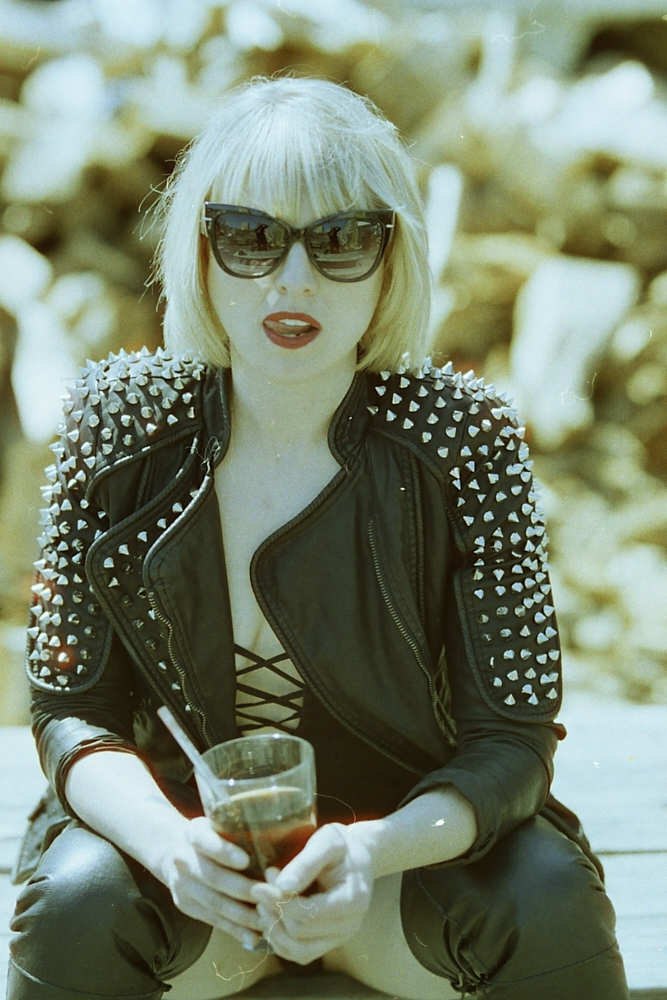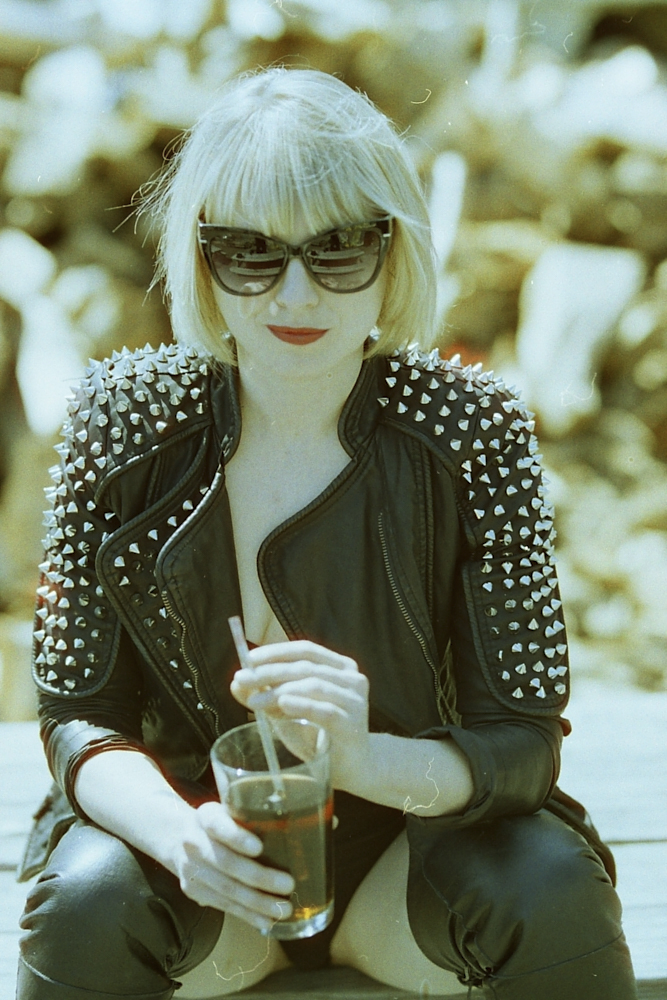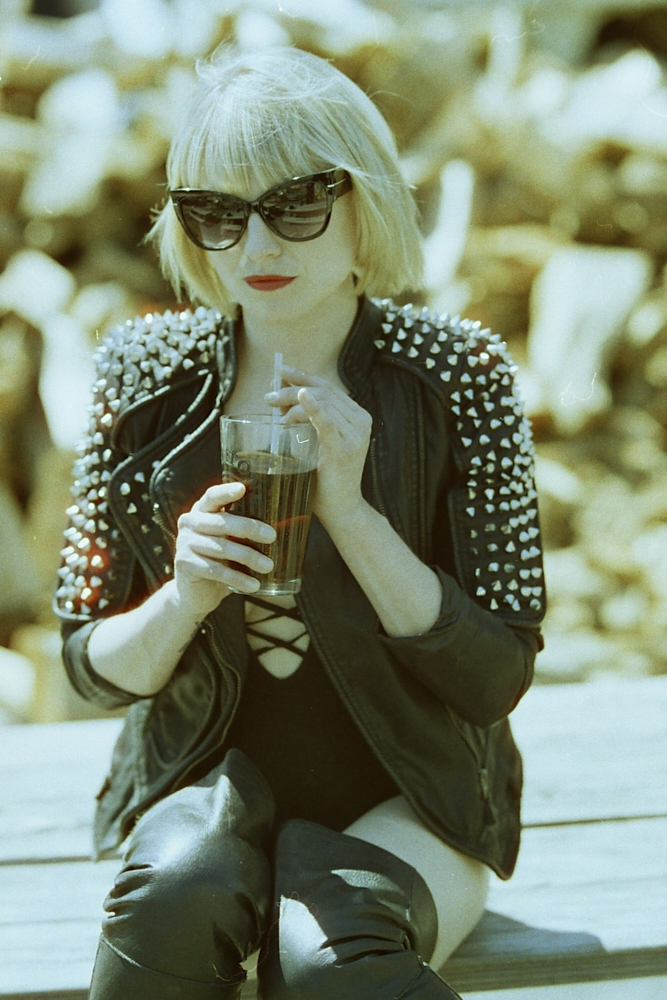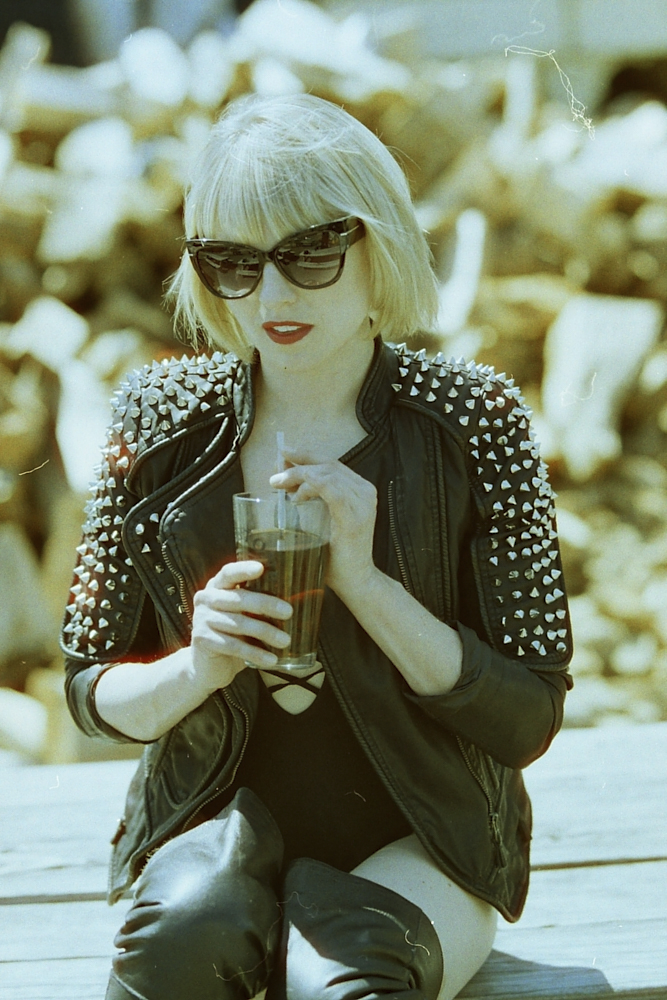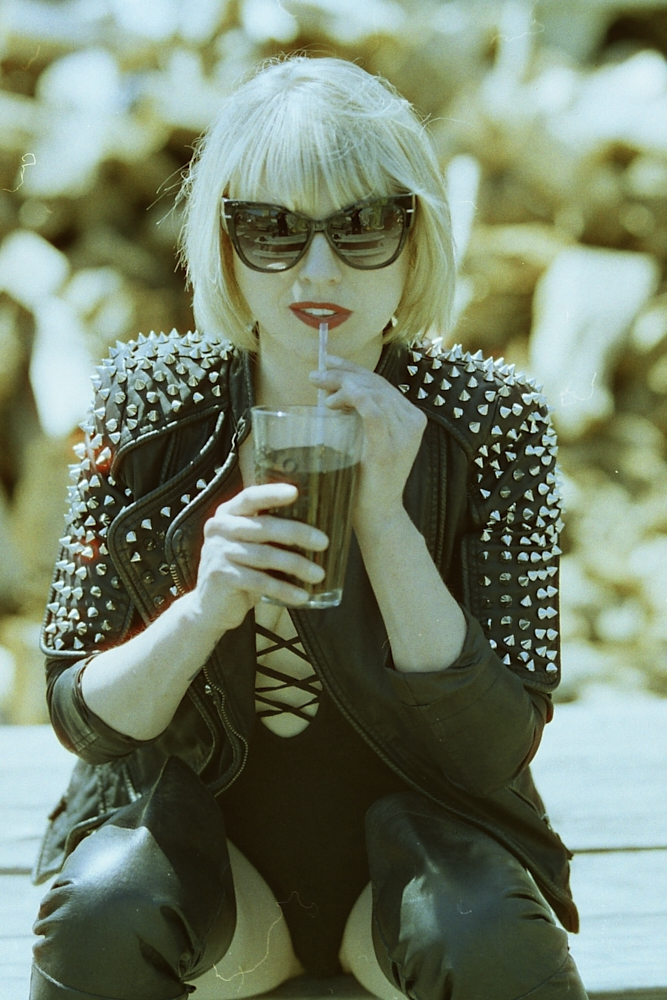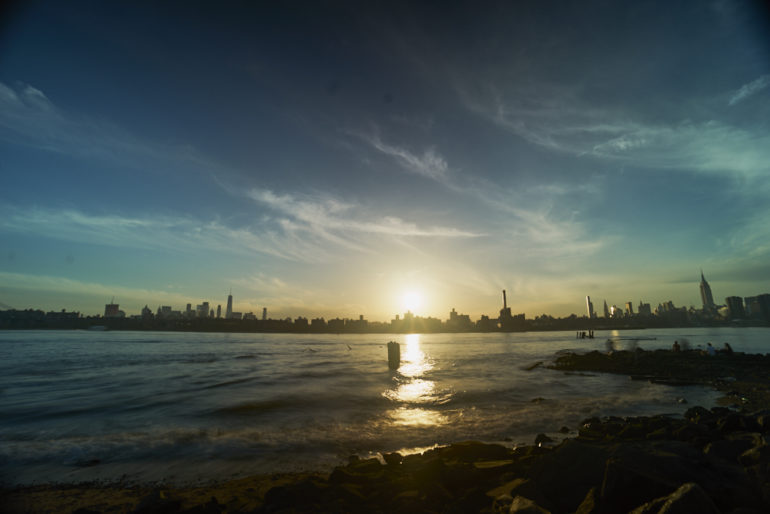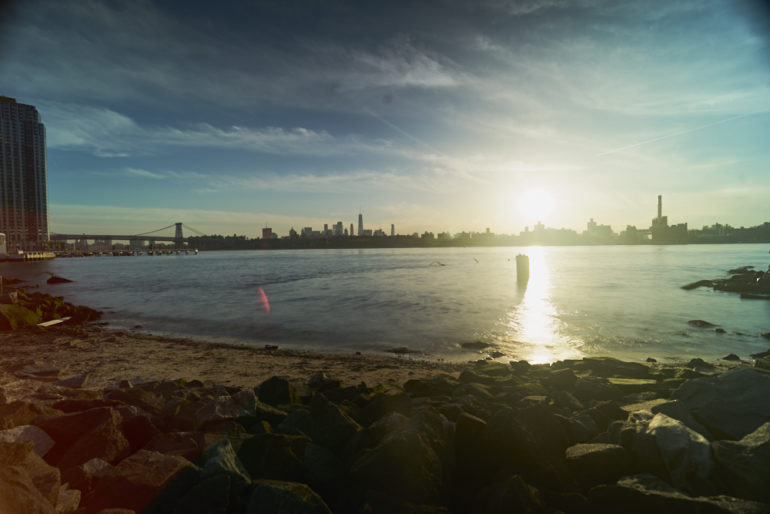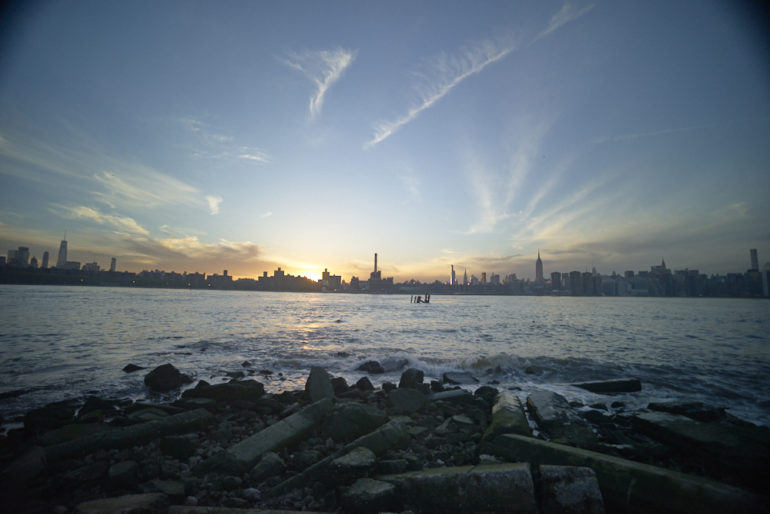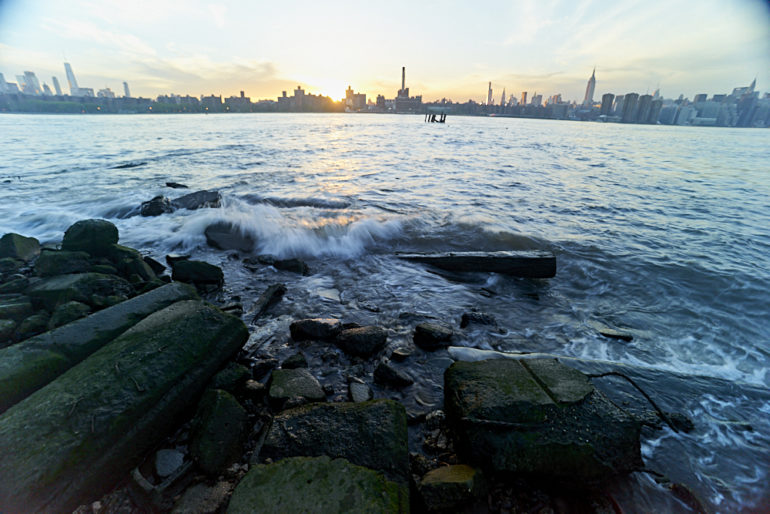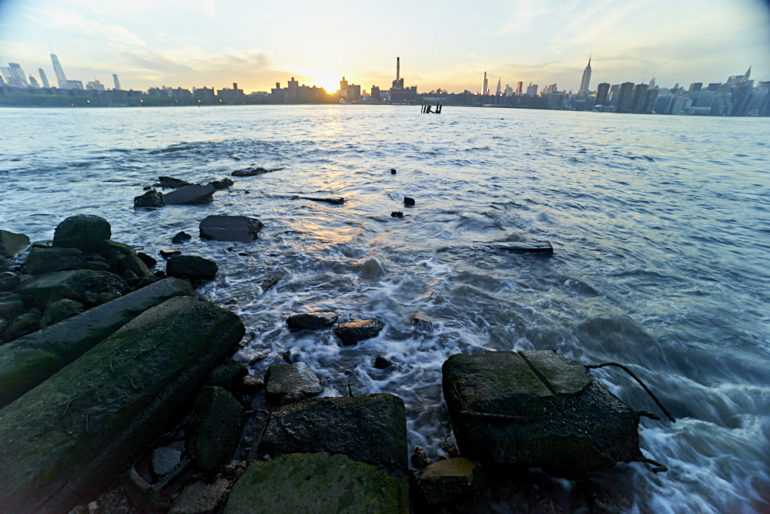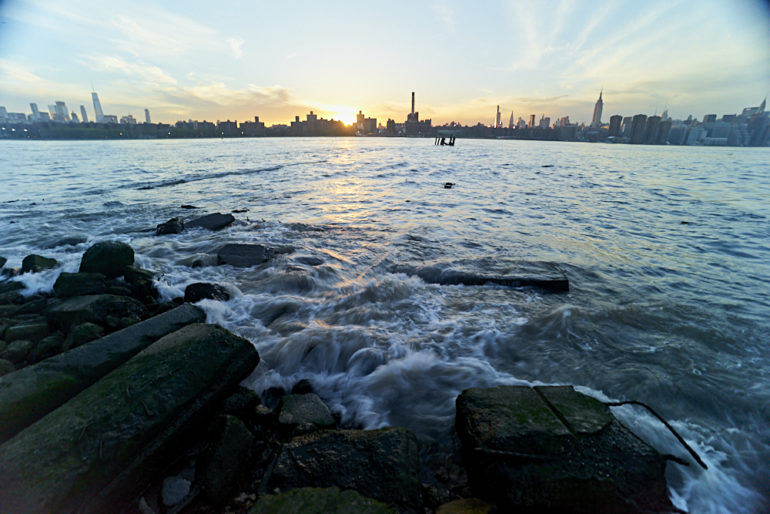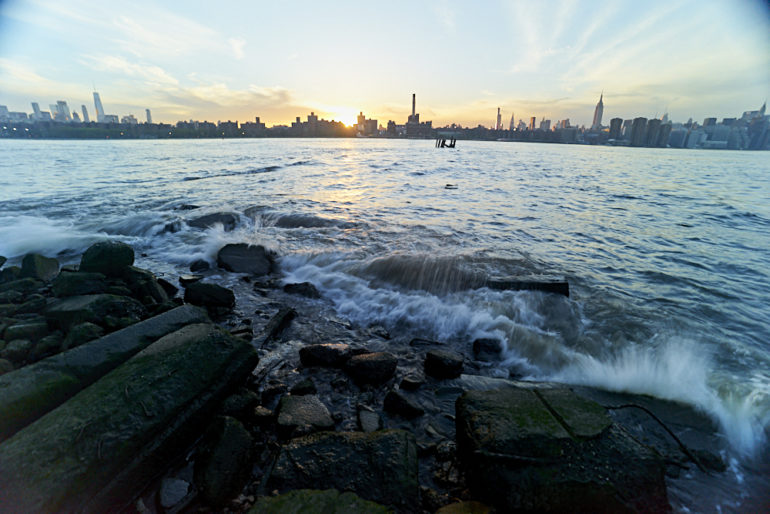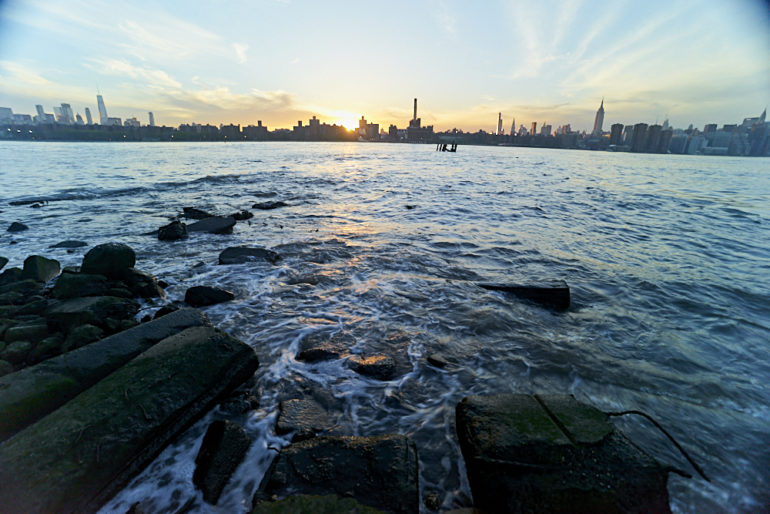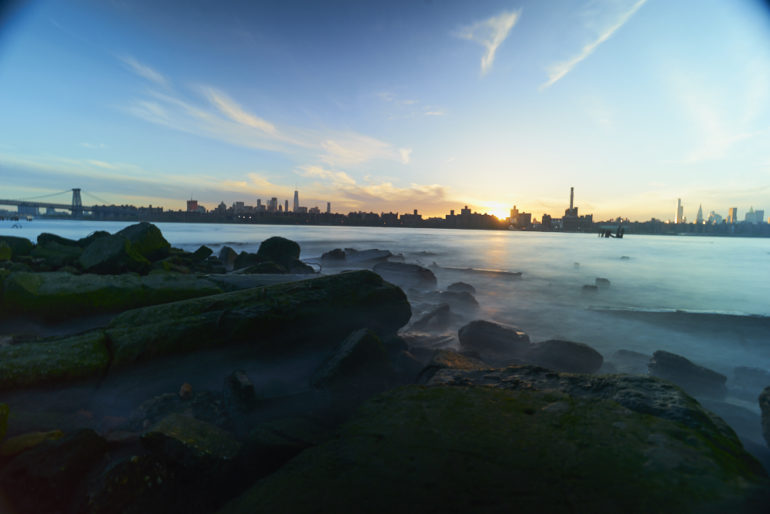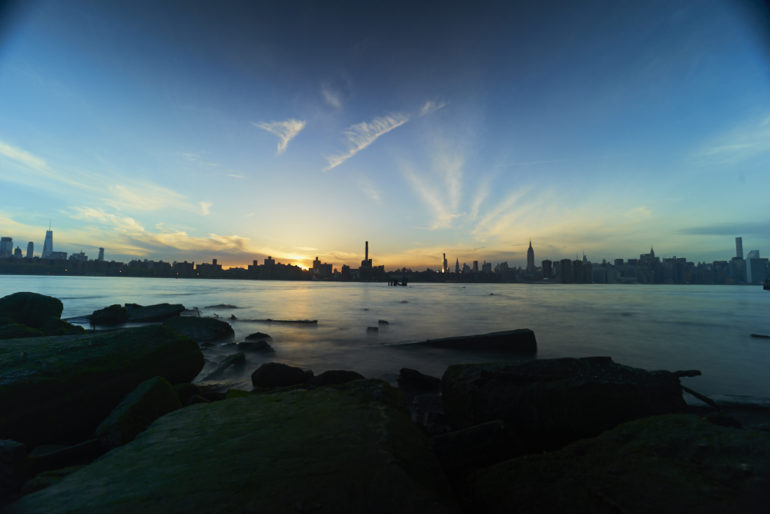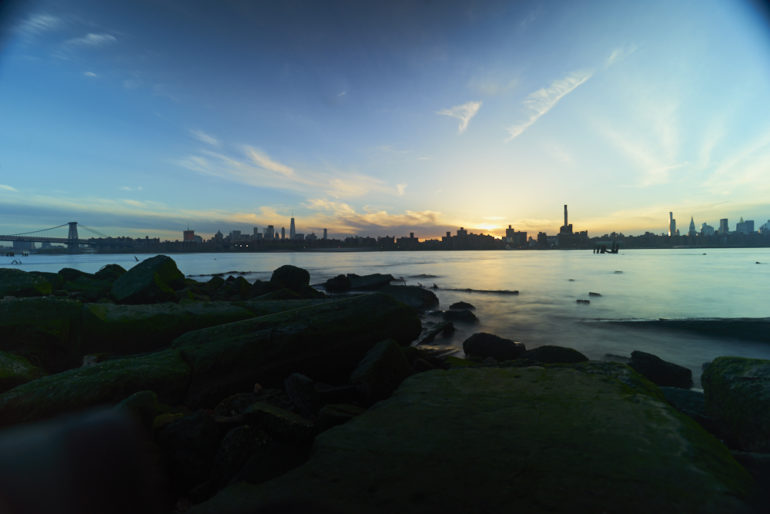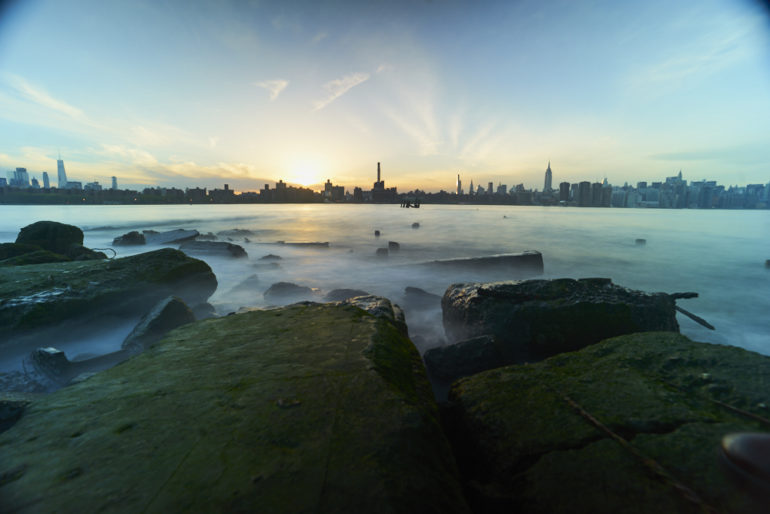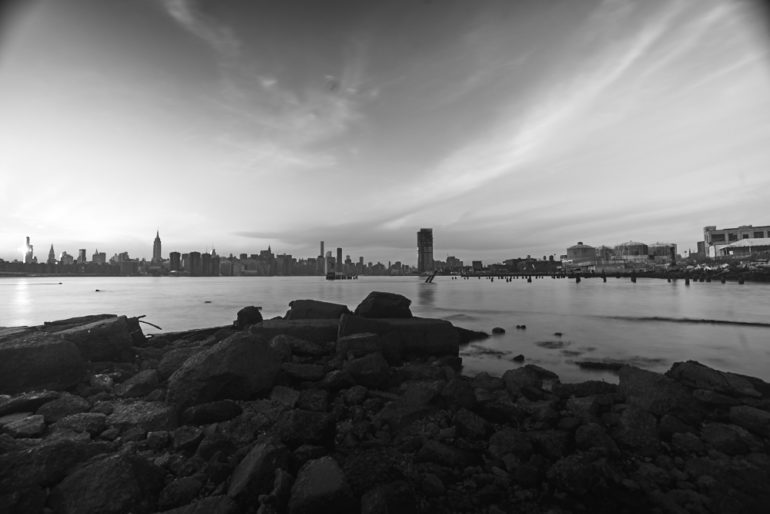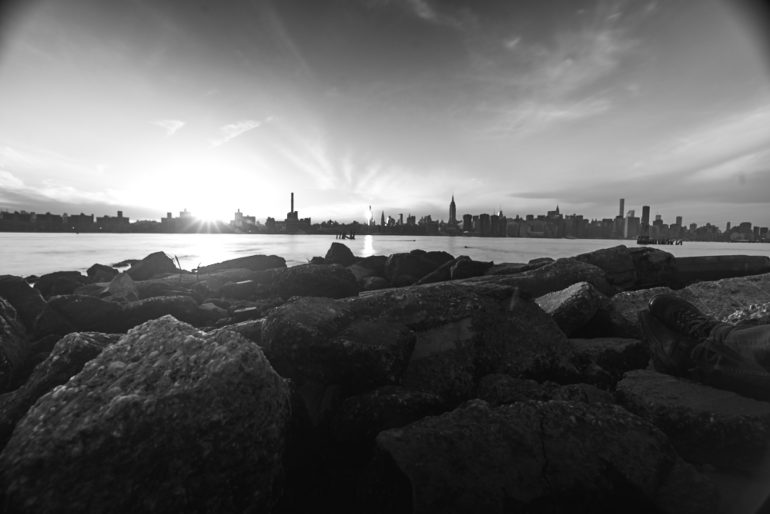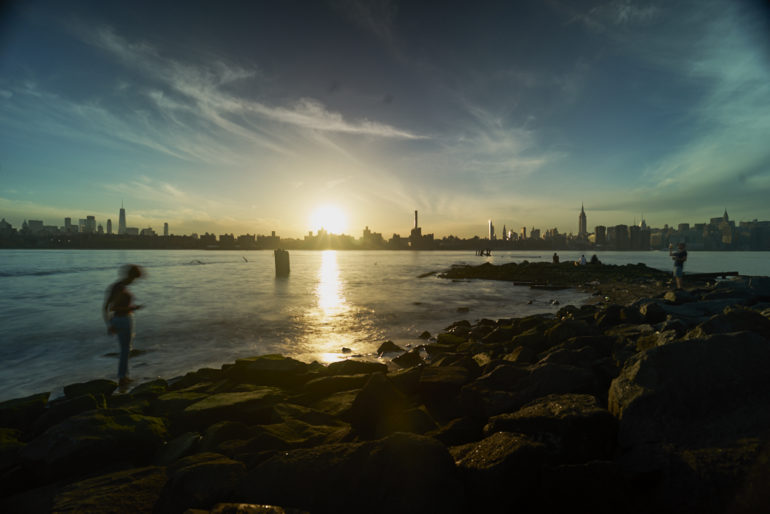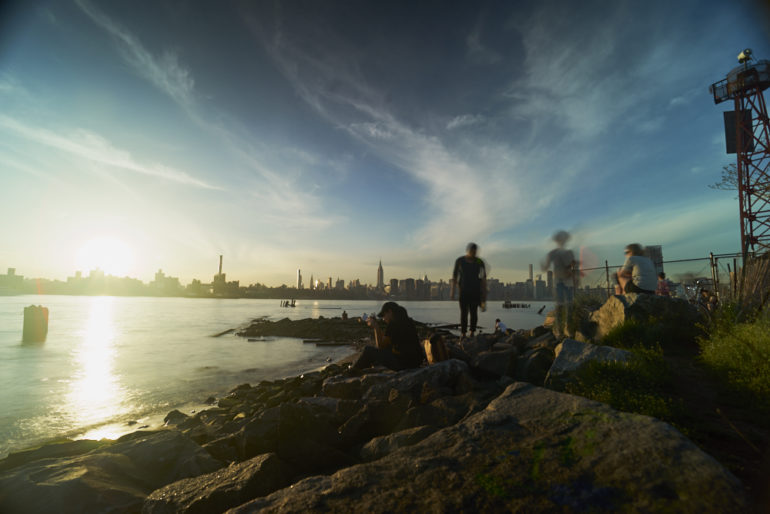Variable ND filters like the Syrp Super Dark Variable ND Filter have often been more popular amongst videographers than they have with photographers. But with proper knowledge of color theory or simply by relying on Auto White Balance if you’re trusting enough, a variable ND filter can be fantastic not just for the digital photographer, but also for the film photographer out there. The Syrp Super Dark Variable ND Filter is a variable ND filter that cuts out anywhere from 5 to 10 stops of light from your photo. The stops are clearly marked and the filter has hard stops at either end.
In the right situations, they rival Breakthrough and Hoya’s Quality.
Pros and Cons
Pros
- Nice case
- Extremely great build quality
- Coatings keep smudges, dust and more off
- Smooth turning
- Hard stops
Cons
- Quite the color shift
Gear Used
The Syrp Super Dark Variable ND Filter was tested with the Minolta a7, Sony 85mm f1.4 Zeiss, CineStill 50D, Sony a7, Laowa 15mm f4, Fujifilm GFX 50S, and the Fujifilm 110mm f4 Macro Lens.
Tech Specs
Taken from the product page:
67mm & 82mm Filter – 9mm thick
Small Filter step up rings:
52-67mm adapter ring – 3mm thick
58-67mm adapter ring – 3mm thick
Large Filter step up rings:
72-82mm adapter ring – 3mm thick
77-82mm adapter ring – 3mm thick
The front of the Filters are threaded so you can stack other filters if needed and it will also fit a regular lens cap.
Ergonomics
The Syrp Super Dark Variable ND Filter is, as its name implies, super dark. When you look at it, you see an obvious reflection of your soul: dark, black, and completely empty as a void.
Just kidding 😉
The only sort of control that the Syrp Super Dark Variable ND Filter has on it is the ability to turn one element onto the other. The stops of how much light you’re cutting out are recorded on the side of the lens.
The lens has hard stops at either end of the light cutting spectrum and can mount onto a lens using a step down filter if needed.
Build Quality
In my opinion, the Syrp Super Dark Variable ND Filter are very solidly built. It would have been really nice if there were a turning tab of some sort or corrugated ring added but otherwise, they’re pretty easy to work with and are well built. Fingerprints are easily removed using a microfiber cloth; and in some ways the coatings make it easier to do than standard lenses.
During my tests, a bit of the East River decided to splash itself onto the ND filter. It kept the water in one spot and later on I had the chance to simply wipe it off.
Ease of Use
Essentially the way this works is you put it onto a lens of some sort and dial in your light cutting abilities. For the best results your camera should be on a very stable surface and set to a delay shooting mode. There’s not really a whole lot to it. You screw the Syrp Super Dark Variable ND Filter on and then you dial in the light cutting. Sometimes that means you shoot at f1.4 while other times at f16 and 4 seconds at ISO 100.
While the filter is simple to use, again I’d like to add that a turning tab of some sort would have been a nice addition.
Image Quality
One of the biggest concerns about Variable ND filters is color shift. Respectfully, if you know what you’re doing in digital, it’s not that difficult and can be fixed. I’ll get into that a bit more soon.
Where it becomes very difficult though is with actual film shooting.
On CineStill 50D
So let’s tackle the bad first…
I purposely chose CineStill 50D in this test simply because of the fact that it’s seriously the finest grain negative film out there and in many situations can offer up a look that’s really beautiful. These images were shot with the Syrp Super Dark Variable ND Filter attached to the Sony Zeiss 85mm f1.4 on the Minolta A7. Clearly, there is quite a bit of color shift and if I didn’t shoot with the ND filter attached, then Bec wouldn’t have come out in these super weird colors.
Daylight film like CineStill 50D is balanced to, well, daylight. The Syrp Super Dark Variable ND Filter add a blue-green tone to the image that you’re working with. Here are more samples.
Personally, I’m not really a fan here. Below is a comparison to an old LightCraft Workshop ND filter shot on a Bronica ETRS with an 80mm f2.8 and Kodak Portra 160.

Of course, there is a heck of a lot less color shift here.
On Digital
Where the Syrp Super Dark Variable ND Filter may really succeed the most is on Digital camera systems. To make the most of it, I always recommend locking your camera’s white balance to daylight or Tungsten and then shooting your heart away. Of course, there is a bit of color shift, but it’s easier to work with in post-production.
The nice thing is that I didn’t notice any major color shifts from five to 10 stops.
The image quality from the Syrp Super Dark Variable ND Filter still allows your lens to create very sharp images and for many photographers that will be much more practical and important. Arguably, the Syrp Super Dark Variable ND Filter sharpness beats Lightcraft Workshop and rivals that of Breakthrough and Hoya.
If you’re shooting with a super wide angle lens, you’ll probably find vignetting towards the corners, but that’s easily fixed in Capture One 10.
Conclusions
All in all, I really do like the Syrp Super Dark Variable ND Filter. It’s best used by digital photographers however unless you plan on going into the darkroom and really developing an entire roll accordingly for this filter and its effects on film. The Syrp Super Dark Variable ND Filter is also incredibly well built and for that it needs to be really commended. Would I recommend it?
For a purely digital photographer, absolutely. For a videographer, it’s a no brainer. For film photographers: meh. There are better options but adding a flash to the scene with a tungsten colored Gel could add just a bit more warmth that you may want for portrait shooting.
The Syrp Super Dark Variable ND Filter receives four out of five stars. Want one? Check amazon for the latest.


